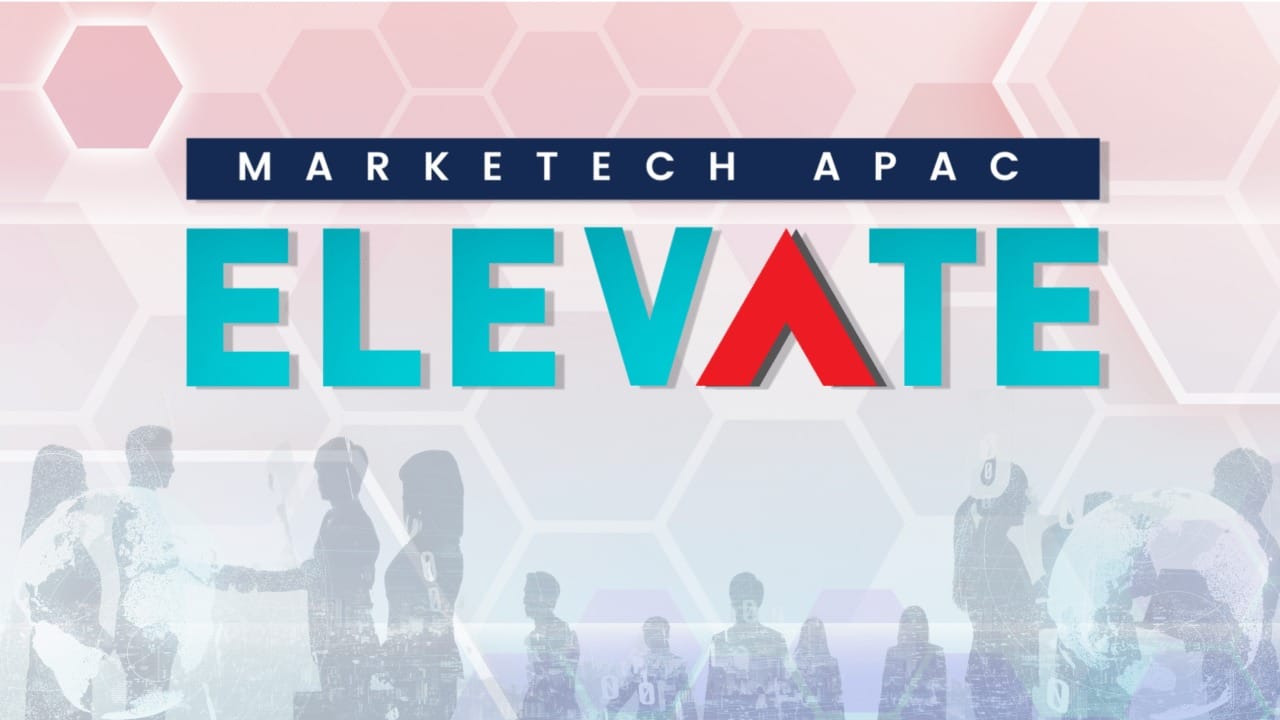In today’s digital era, most businesses already have some form of marketing technology – also known as MarTech – in place. It is within this frame that MarTech is seen to be a key component for recovery, with over 60% of leaders planning to increase spends on technology in 2021, according to Gartner.
However, even with all its potential, MarTech still presents a myriad of challenges for businesses. While leaders understand that integrating a MarTech stack generates immense value-add for their operations, they do not necessarily understand what is required after the very first stage of implementation.
Accelerated Demands in Southeast Asia
As the world continues to become more digital, MarTech is likely to continue thriving. According to Gartner Inc’s CMO Spend Survey, 26% of the total 2021 marketing budget will be dedicated to tech, making it a top priority for most Chief Marketing Officers.
In Southeast Asia alone, there is strong demand for MarTech solutions in the past few years. Some businesses have already successfully implemented five to 10 different systems on average, but tend to neglect them halfway. Therein lies the problem; while brands have managed to convince business leaders to invest in the technology, they may not necessarily have the time or resources to ensure they are utilizing the solutions to the fullest extent.
What’s the Hold Up?
These brands are sitting on a lot of value. While the global COVID-19 pandemic has definitely been a driver for brands to understand how to best utilize these solutions to their full potential, one key challenge is linking MarTech back to the business’ broader strategy. Many leaders miss a critical next step of building a capable team, which is an investment that is actually harder to justify.
In addition, while demand is growing for tech-savvy marketers in Southeast Asia, we are still seeing a shortage of talent today. Nearly 70% of tech hiring managers in the region say it takes more than three months to fill an open tech position on their team, according to a survey by Robert Walters. Moreover, LinkedIn finds that the top three fastest growing job categories in Southeast Asia for 2021 are digital content, data analyst, and software technology.
Tapping on MarTech’s Full Potential
There is a natural instinct for leaders to get caught up on the “next big thing.” They tend to focus more on getting the tech up and running but lose focus on the entire lifecycle after the initial launch. The challenges mentioned above can be addressed by first identifying specific pain points to tackle with and understanding which aspects of the business need solving. After all, a solution is only useful if it can be integrated with existing infrastructure and translated to business outcomes.
Here are a few ways to unleash MarTech’s full potential:
- Expand the team. Most businesses have very lean teams; more often than not there is only one person responsible for running the entire MarTech stack. Leaders should focus on investing in and building a core team to ensure continuity in the long run.
- Build specific return on investments around MarTech. Clear ROIs will help the leadership team to better assess the investment and become open to new opportunities that lie ahead. Getting organizational buy-in also helps create a stronger digital mindset among employees across different departments beyond the core MarTech team.
- Update and integrate systems as early as possible. With thousands of MarTech solutions to choose from, and new products and features emerging daily, redundancy within a business’ MarTech stack is inevitable. However, marketers need to take a strategic approach to avoid siloed operations. According to Gartner, only 33% feel their existing tech is useful, while over 80% are sitting on a short-sighted or outdated MarTech roadmap. Thus, examining current MarTech stack and employing efforts to either maximise, improve, or even re-evaluate their current stack are critical. This is also a signal that it is high time for many MarTech stacks and roadmaps to go through a level of audit to accommodate innovation, emphasis on business differentiation, or even just simple updating for records.
- Explore MarTech-as-a-Service and its benefits. MarTech-as-a-Service provides an opportunity for businesses to analyze operations holistically across the sales and marketing funnel. This also helps businesses choose the right solutions that match the business’ maturity level and to optimize current stacks.
There is no one-size-fits-all approach because all businesses are different. From objectives, company size to business priorities, MarTech can help solve challenges across departments and teams where relevant.
With a dynamic set of MarTech solutions to choose from, it will be key for businesses to adopt a strategic approach — aligning the right tools to their processes and ensuring best-in-class technology in all data-driven decisions. As we forge ahead into the next half of 2021, it is worth considering the dynamic trends that are shaping the current and future environment of MarTech to stay ahead of the curve.


















